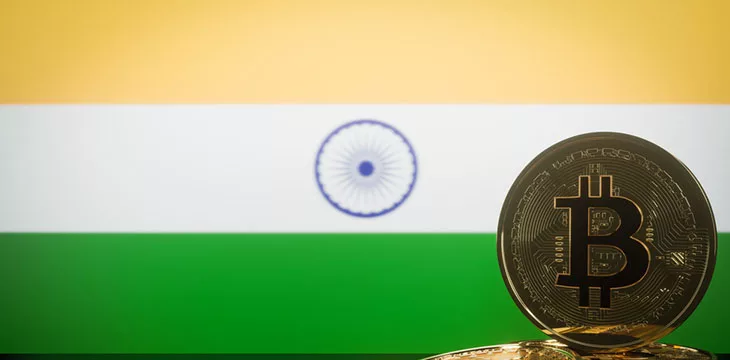|
Getting your Trinity Audio player ready...
|
Barely seven months after the launch of India’s central bank digital currency (CBDC) pilot, the nation’s banking regulator is keen on onboarding 1 million users by the end of June.
The Reserve Bank of India (RBI) stated that preliminary studies had yielded positive results, laying the foundation for more extensive experiments. The expansion is designed to mirror the real-world application of the proposed digital rupee and will target more cities.
In addition to onboarding more users, RBI Deputy Governor T. Rabi Sankar said the central bank would explore integrating the united payments interface (UPI) with the CBDC via QR codes. Sankar remarks that the interoperability between both systems could present the benefits of increased CBDC adoption upon its launch.
However, the RBI is silent on a potential digital rupee launch date, opting for a “calibrated approach” to avoid upsetting the balance of the country’s financial system.
“We want to assess the impact and learn as we go,” Sankar said. “By the end of June, we are targeting one million CBDC users. We are also planning to make UPI QR code interoperable with CBDC.”
The RBI’s measured approach to CBDCs may surprise the public, given the impressive successes recorded by the pilot. Within 60 days of the digital rupee pilot, the RBI announced that it had onboarded 50,000 users and 5,000 merchants with nearly 800,000 transactions.
The central bank is currently juggling wholesale and retail CBDCs, enlisting leading commercial banks and technical partners for assistance. Despite the slow-and-steady approach, India remains keen on replacing digital currencies with a digital rupee, with RBI President Shaktikanta Das pushing for an outright ban.
Das argues that the RBI would have difficulty managing the financial system given the proliferation of digital currencies in India. He likened the asset class to gambling with the potential of causing losses for unsuspecting investors.
“Crypto should be banned, given it has no underlying value in the market,” said Das.
Global approach for both CBDCs and virtual currencies
As central banks confirm their interests in launching CBDCs, international organizations are stepping in to ensure a uniform development. After offering technical assistance to a handful of central banks, the International Monetary Fund (IMF) launched a CBDC handbook to guide interested countries.
In May, G7 nations reiterated their intention to create a global framework for the development of CBDCs for developing nations. Meanwhile, G20 nations are moving toward a framework for digital currencies led by India with assistance from the IMF and the Financial Stability Board.
To learn more about central bank digital currencies and some of the design decisions that need to be considered when creating and launching it, read nChain’s CBDC playbook.
Watch: India is critical to Satoshi Nakamoto’s vision for Bitcoin

 09-16-2025
09-16-2025 





